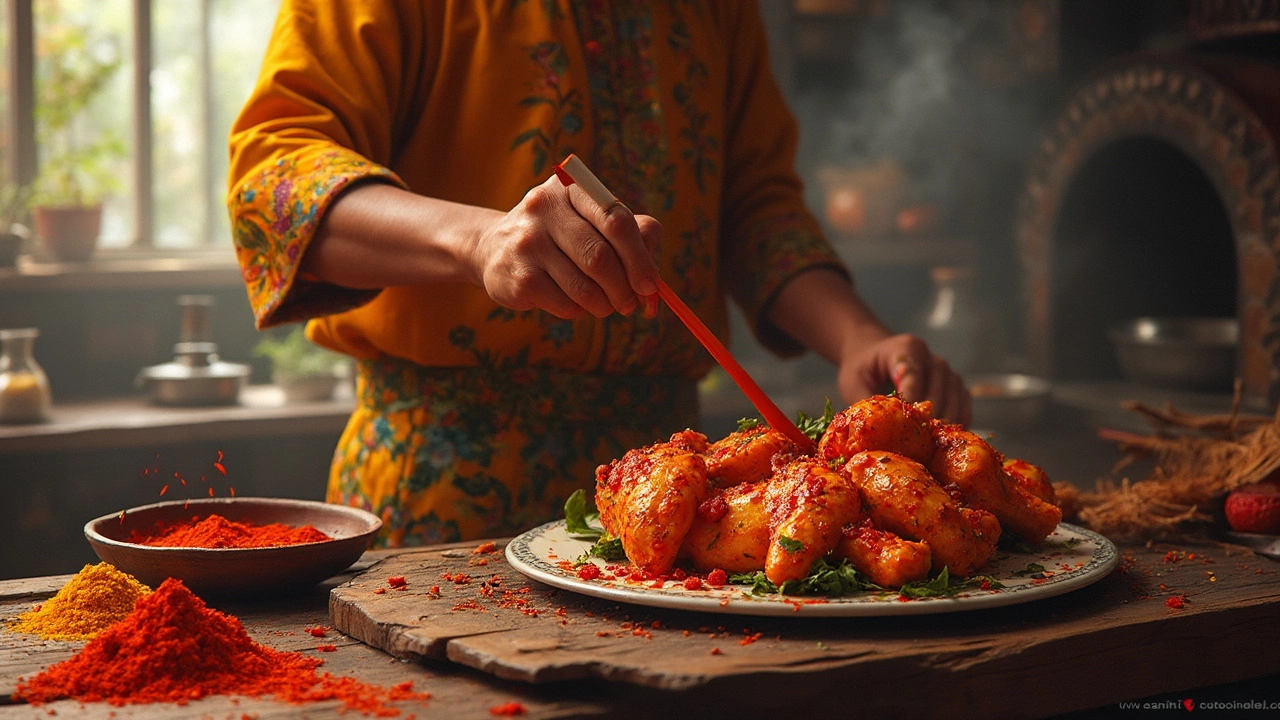Poultry Safety: Why It Matters in Every Kitchen
When working with poultry safety, the set of practices that keep chicken and other birds free from harmful bacteria during storage, preparation, and cooking. Also known as chicken safety, it covers everything from buying fresh birds to serving them hot on the plate. Poultry safety isn’t just a checklist; it’s the backbone of a healthy home kitchen.
One of the first pillars is raw chicken, the uncooked product that can harbor Salmonella, Campylobacter, and other pathogens if mishandled. Keeping raw chicken separate from other foods, using dedicated cutting boards, and washing hands immediately after contact are non‑negotiable steps. Next comes cooking temperature, the heat level at which harmful bacteria are destroyed, typically 165°F (74°C) for poultry. A quick meat thermometer check can mean the difference between a safe dinner and a night in the ER. When you add marination, the process of soaking meat in acidic or enzymatic mixtures to flavor and tenderize, you also need to watch the time and temperature. Marinating at room temperature invites bacterial growth; always marinate in the fridge and discard any leftover liquid unless you boil it first.
All these actions tie back to broader food safety, the science of preventing contamination from farm to fork. Good kitchen hygiene—clean surfaces, regular handwashing, and proper storage—creates a barrier against cross‑contamination. Certain ingredients, like raw garlic or citrus, can lower the pH of a marinade, making it safer, while others, such as sugar‑rich sauces, may actually boost bacterial survival if left too long. Understanding the role of the key ingredient in a marinade, often an acid like lemon juice or vinegar, helps you design safer recipes. Avoiding common marinating mistakes, like reusing the same mixture for multiple batches, keeps your chicken dishes both tasty and risk‑free.
Now that you’ve got the fundamentals of poultry safety, raw chicken handling, cooking temperature, safe marination, and overall food safety, you’re ready to explore the detailed guides below. From quick tips on adding sour cream to a chicken marinades to step‑by‑step safety checks for raw chicken in curry, each article builds on these core principles and shows you how to put them into practice. Dive in and turn your kitchen into a safe, flavorful haven.
Why Is There Red Stuff in My Tandoori Chicken?
Ever cooked tandoori chicken and noticed red juices oozing out? This article dives into the science behind it, exploring how it affects taste and safety. Learn practical tips for perfectly cooked chicken, ensuring it's delicious and safe to eat. Uncover common misconceptions and make your kitchen adventures more successful.
Read more